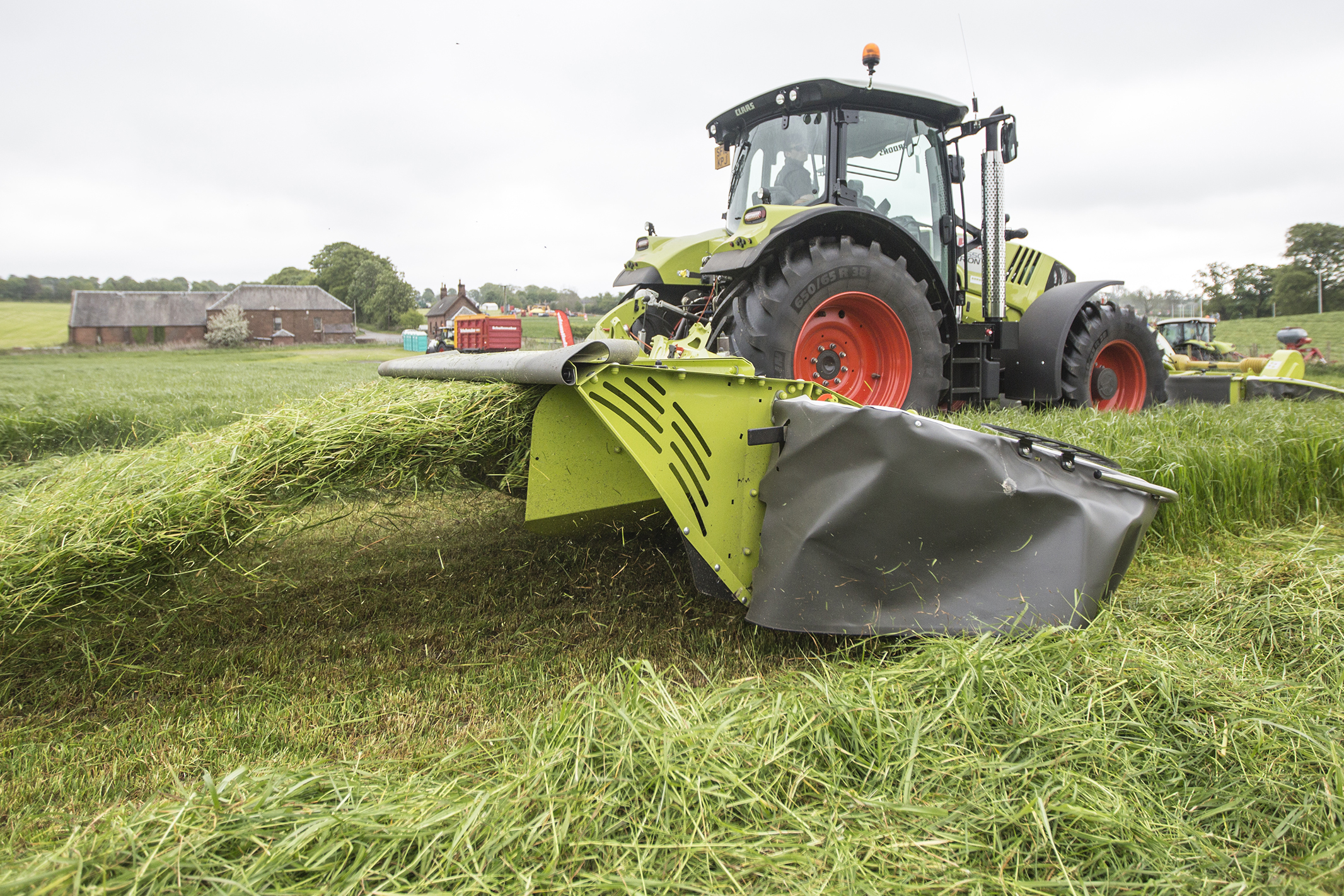Milk from forage is ‘no brainer’
16 January 2023
Good (but possibly declining) milk prices, coupled with high inputs costs, mean that maximising milk from homegrown forage and silage really is a ‘no brainer’. This was highlighted in 2022. But there’s little reason to think it will be different in 2023.
This was highlighted in 2022. But there’s little reason to think it will be different in 2023.
Feed costs are a big part of the cost of milk production, and fertiliser costs have spiralled.
Making better silage, so that more of the cow’s nutritional requirements for producing milk come from silage, can clearly ease feed costs. But it also makes better use of the fertiliser and fuel that have gone into producing the silage – compared with poorer silage where more of this investment goes to waste.
Silage improvements
A common area where we see that silage-making can be improved is attention to detail in cutting grass at its nutritional peak. Too many fields are cut when grass has already headed, when digestibility falls daily by 0.5 D units. By one week post-heading, around 1.5 kgs more concentrate would need to be fed per cow per day to make up for this.
Similarly, wilting grass rapidly, so that it can be clamped as soon as possible after cutting, is vital to minimise the losses in energy and protein that continue while cut grass remains in the field. But another area where big gains are possible is from ensiling with a proven additive.
Compared with when milk was at 25 pence per litre, our calculations show that for milk at 45 pence per litre the return from preserving silage with Ecosyl additive has increased from £7.50 to £13.50 per tonne treated.
Independent trials
This is based on independent trials which have shown that feeding a range of silage crops preserved with Ecosyl boosted milk yield by an average of 1.2 litres per cow per day. If one tonne of silage feeds 25 cows for a day, this extra 1.2 litres over 25 cows equates 30 extra litres of milk produced per tonne of silage fed.
Other operations to focus on include clamp consolidation. Many clamps are still not consolidated well enough.
Grass at 30% dry matter loaded into a clamp at 100 tonnes per hour typically needs 25 tonnes of machinery rolling it constantly. Also, don’t skimp on clamp sealing and weighting.
Yes, dairy input costs have risen and milk prices may have fallen from their peak, but these only add to the argument for producing milk cost-efficiently from good homegrown forage.
Let us help you make the most from your silage with our latest special offer on Ecosyl - buy 10 get 1 completely free. Running until January 31st 2023.